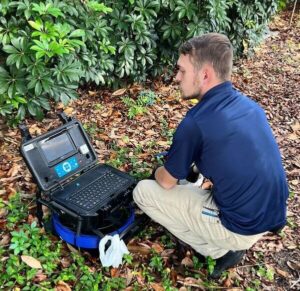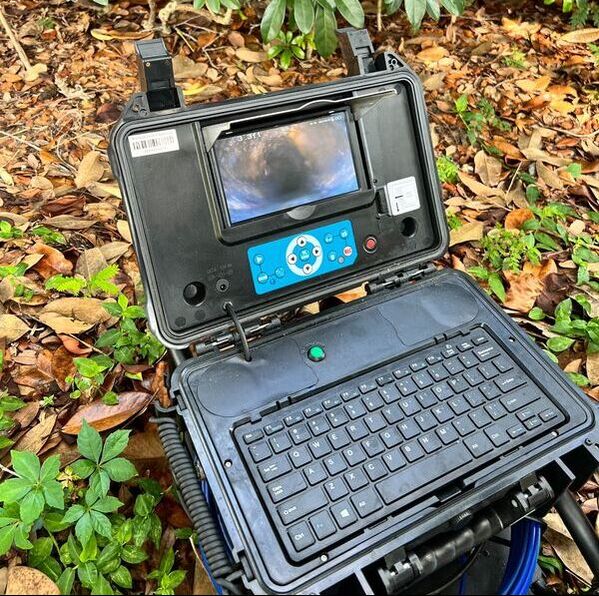
Examining the sewer lines is an important part of preserving and evaluating the condition of your plumbing system. Nonetheless, there are various misunderstandings associated with sewer scoping that can cause uncertainty or disregard for this vital inspection procedure.
Here are 6 Common Misconceptions About Sewer Scoping
1. Some people believe that sewer scoping is only required for older houses
Despite the increased susceptibility of older homes to sewer line problems, sewer scoping is crucial for properties at any age. Even newly constructed residences may have concealed flaws in their sewer lines, such as faulty installation or construction-related damage. Regular sewer scoping is valuable in promptly identifying potential issues, regardless of your property’s age.
2. Traditional plumbing inspections are sufficient to detect sewer line issues.
Traditional plumbing inspections mainly concentrate on noticeable problems like leaks or damaged fixtures, but they lack comprehensive assessment of the internal state of sewer lines. In contrast, sewer scoping offers a meticulous visual inspection of the pipes, allowing for the detection of blockages, cracks, root intrusions, and other potential issues that may not be observable from the surface.
3. Sewer scoping is pricey and time-consuming
Although sewer scoping may involve initial expenses due to the need for specialized equipment, it is a valuable investment. The procedure is relatively efficient and can be completed in a few hours, depending on the complexity of the sewer system. Taking into account the potential expenses and difficulties that can arise from unnoticed sewer line problems, sewer scoping proves to be a cost-effective preventive measure.

4. Some people believe that sewer scoping is only needed when there are visible indications of a problem.
Sewer scoping offers the important advantage of detecting issues before they become apparent or result in substantial damage. While signs like slow drains, foul odors, or occasional backups may suggest underlying sewer line problems, relying solely on these indicators can result in delayed detection. Regular sewer scoping aids in the early identification of potential issues, enabling timely repairs or maintenance.
5. Performing sewer scoping yourself is equally effective compared to hiring a professional.
Conducting sewer scoping requires specialized equipment and expertise to accurately evaluate the state of your sewer lines. While DIY kits are accessible, they frequently lack the precision and capabilities of professional-grade equipment employed by trained technicians. Hiring a professional for sewer scoping guarantees a comprehensive inspection and precise assessment of your plumbing system.
6. Sewer scoping is a one-time procedure.
Treating sewer scoping as a routine maintenance practice, similar to other home inspections, is advisable. The frequency of sewer scoping varies based on factors such as the age of your property, proximity to trees, and past issues. Regular inspections play a vital role in detecting potential problems at an early stage, preventing expensive repairs, and prolonging the lifespan of your sewer system.
Sewer scoping surpasses conventional plumbing inspections by offering a thorough evaluation of the interior condition of your sewer lines. It aids in the identification of concealed problems, the prevention of expensive repairs, and the maintenance of an efficient plumbing system. To safeguard your home and make well-informed decisions, it is advisable to include regular sewer scoping in your maintenance routine.
Bear in mind, when it comes to preserving your sewer lines, knowledge is power, and sewer scoping serves as a vital tool in your arsenal.
